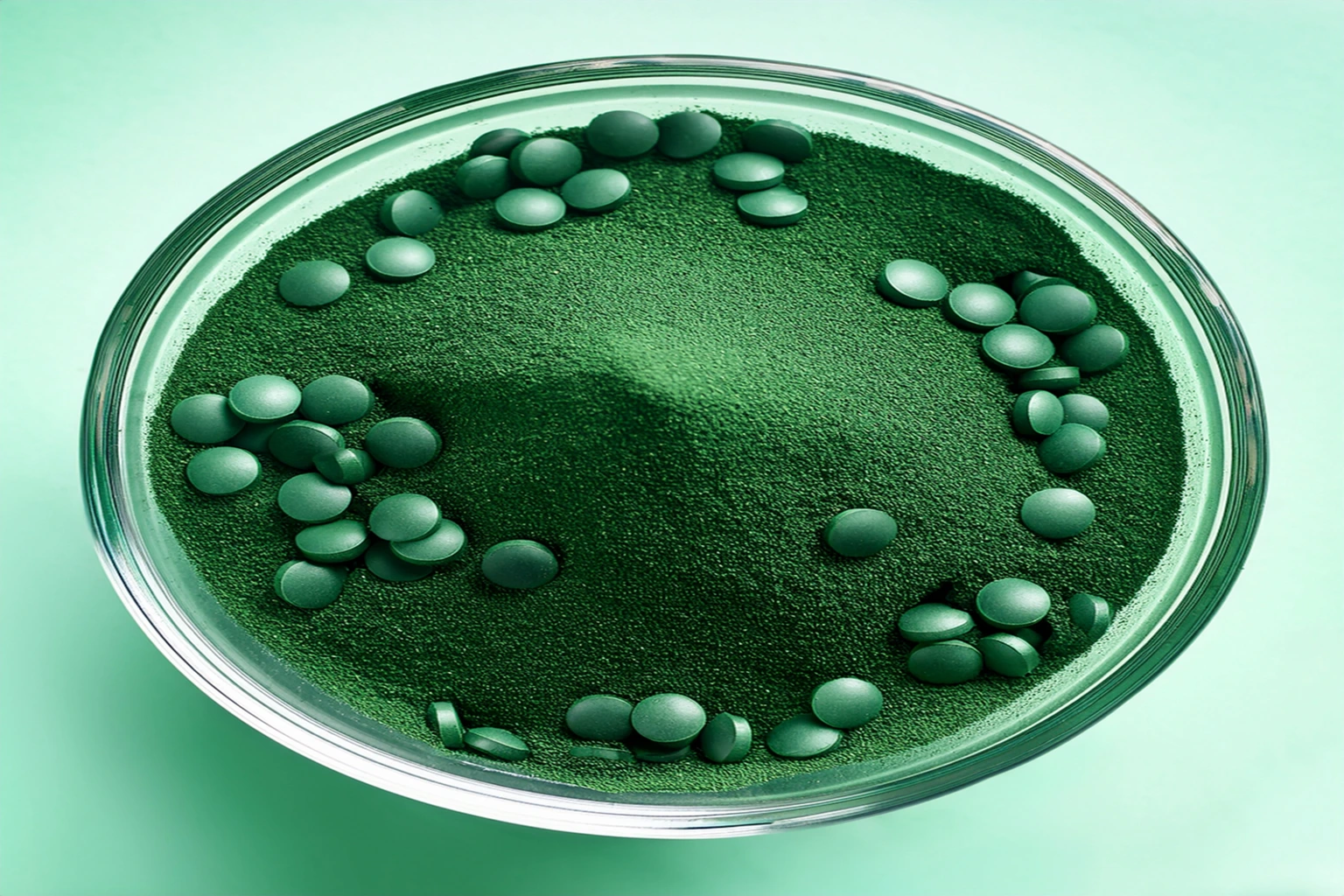As demand for organic spirulina continues to grow, maintaining safety and quality becomes non-negotiable. One of the most overlooked yet critical challenges in spirulina farming is microbial contamination. These invisible threats can compromise the entire crop, impact health outcomes, and disqualify your product from premium and export markets.
In this blog, we break down how to identify microbial threats in spirulina algae farming, what causes them, and how to build a robust prevention and testing strategy.
Why Microbial Contamination is a Serious Concern
Spirulina is often consumed in raw or low-processed form—as powders, capsules, or tablets. This makes pathogen control crucial. Unlike heavily processed foods, spirulina relies on clean cultivation and drying methods to remain safe for consumption.
Key Contaminants Include:
- E. coli
- Salmonella spp.
- Clostridium botulinum
- Staphylococcus aureus
- Yeast and molds
If undetected, these contaminants not only pose health risks but also lead to rejected certification audits, product recalls, and reputation damage.
→ Learn how top producers ensure compliance in our blog on Spirulina Quality Control in Mass Production
How Microbial Contamination Happens in Spirulina Farming
Understanding the sources of contamination helps you tackle the root cause instead of just the symptoms.
Common Causes:
- Contaminated Water Sources
Using untreated or low-quality water introduces harmful bacteria and heavy metals. - Improper pH Management
Spirulina thrives in alkaline conditions (pH 9–11). Deviation invites unwanted microbial growth. - Manual Handling Without Hygiene
Untrained labor, bare hands, and cross-contamination between stages (e.g., harvest to drying) are common risk zones. - Unclean Equipment
Using plastic or corroded metallic tanks increases biofilm formation. - Inefficient Drying
Incomplete drying creates moisture pockets—ideal for mold and bacteria.
Signs of Microbial Contamination in Spirulina Culture
Not all contamination is visible, but early signs can help prevent full-scale loss:
- Foaming or scum formation in ponds
- Color changes (brown, greenish-grey)
- Unpleasant smell from culture water
- Sudden drop in productivity
- Low protein content on lab tests
- High CPC or TPC content in lab tests
→ For an in-depth look at maintaining optimal growing conditions, visit our blog on Challenges and Solutions in Scaling Spirulina Farming
Microbial Testing Protocols for Spirulina
Microbial safety begins with a proactive testing routine using certified labs.
Mandatory Tests Include:
- Total Plate Count (TPC)
- E. coli detection
- Yeast and mold count
- Salmonella detection
- Staphylococcus aureus test
These are required for USDA Organic, GMP, and HACCP certification.
Frequency:
- Weekly water and culture sample testing
- Batch-wise testing before drying and packaging
- Annual audit-ready microbiological reports
→ Producers can integrate automated logging with our spirulina automation solutions to ensure traceability.
Best Practices to Prevent Microbial Contaminants
1. Maintain Optimal Alkalinity
Keep your pH consistently in the 9.5–10.5 range. Acidic dips promote bacterial proliferation.
2. Use RO-Filtered or Lab-Approved Water
Avoid borewells with metal traces. Recycle water through UV or ozone sterilization systems.
3. Follow Contactless Harvesting
Switch to auto-discharge dewatering systems and automated harvesting to reduce human touchpoints and contamination risks.
→ Explore our Auto Discharge Spirulina Dewatering System for hygienic harvesting options.
4. Sanitize Equipment Daily
Use non-corrosive disinfectants and CIP (Clean-In-Place) systems, especially for drying machines, tanks, and filters.
5. Implement Staff Hygiene Protocols
Train staff to wear masks, gloves, and lab coats. Provide handwashing stations near processing zones.
Cost Implications of Contamination
Direct Losses:
- Crop loss
- Downtime during tank cleaning
- Retesting expenses
Indirect Losses:
- Failed audits
- Certification suspension
- Brand reputation impact
Considering the spirulina farming cost for a commercial organic setup is ₹20–25 lakhs per acre, a single contamination incident can lead to major setbacks.
→ Learn how quality can impact ROI in our post on Profitability in Spirulina Farming
Export Risks from Microbial Contamination
Spirulina farming in India is growing, but exporters must meet international microbial standards. The EU and U.S. demand low microbial loads with batch-wise COAs, especially for organic and D2C products.
Rejected samples due to contamination can block shipments and hurt partnerships.
→ Stay ahead of export trends in our article on Market Trends and Opportunities in Commercial Spirulina Farming
Government Support for Safe Spirulina Farming
Though no direct grants exist exclusively for microbial control, government subsidy schemes for farmers under aquaculture or organic farming can partially support:
- Testing equipment
- Sterilization systems
- RO water systems
- Staff training initiatives
→ Refer to our breakdown of Government Grants and Subsidies for Spirulina Mass Production
Conclusion: Prevention is Profitable
In the world of spirulina algae farming, cleanliness is not just compliance—it’s a competitive advantage. Microbial contamination can devastate yields, revoke certifications, and reduce the final price of spirulina.
But with the right protocols, equipment, and training, you can ensure your spirulina meets the highest safety and nutritional standards.
👉 Want a contamination-resistant setup from Day 1?
Explore our Spirulina Farming Turnkey Solutions to build an optimized, compliant, and scalable operation.


